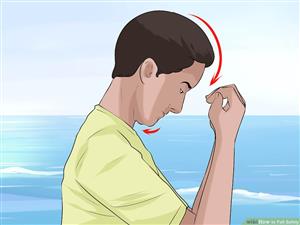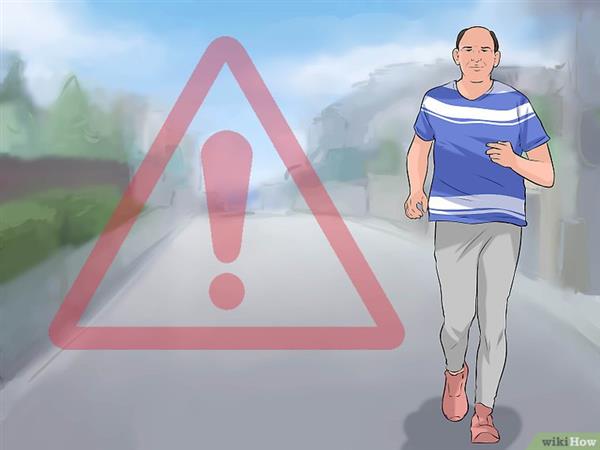The most important body part that you need to protect in a fall is your head. Head injuries can be very serious, even deadly. Make sure you prioritize protecting your head as you fall by properly positioning it.
- WCASD
- WCASD Safety Committee
- How to Fall Safely
WCASD Safety Committee
Page Navigation
-
WCASD Safety Committee
- Cart and Hand Truck Safety
- COVID Health & Safety Plan
- Cyber Safety
- Distracted Driving
- Do you really know how to stay safe? 11 Tips for Staying Safe
- Driving Safely - 8 Myths Debunked
- Energy Management Policy 817
- Fact or Fiction: Driving Safely around Deer
- Fire Extinguisher Training Video
- Hands Only CPR
- How to Fall Safely
- Importance of Fire Sprinklers - Don't Block Them in the Classroom
- Safe Moving and Packing Practices
- Staying Safe at Night, Home & Traveling
- Stop the Bleed
- Training for Driving in Snow and on Ice
- Winter Driving Check List & Tips
- Workers Compensation Packet
- Sign-up for Ready Chesco
- Smart 911
Click on the points below for more information!
Falling can pose a serious risk of injury, even if it is only from a standing height. Depending on your age, health and fitness levels, the severity of those injuries can vary. However, there are a few techniques that anyone can use if they find themselves falling to help reduce the impact and prevent injury.

If you are falling either straight forward or straight backwards, try to turn your body so you land on your side. Falling directly on your back can cause serious injury to it. A frontal fall can cause damage to the head, face, and arms. By landing on your side you can reduce the chance of injury from high distances (for example, one way vertical paths).
It may be tempting to try and catch yourself fully as you fall with your arms. However, landing with your arms straight out and absorbing the full force of the fall with them can cause injury. Try keeping both arms and legs slightly bent as you fall.[3] Landing fully on your arms in an attempt to catch yourself can break both your wrists and arms.
Tensing up during a fall can increase the chances of sustaining an injury. The tension in your body won't allow for the absorption of force from the fall. Instead of spreading the impact out over a flexible body, the parts that were kept taught are more likely to break instead of going with the motion. You can try breathing out as you fall to help keep your body relaxed.
If you are able, a good technique to dissipate the force of a fall is to roll into it. By rolling, you send the energy of the fall into the roll, rather than having your body absorb the impact. Since the technique is difficult, you may want to practice falling and rolling at a gym or somewhere with padded and cushioned floors.
A big part of falling safely is to spread out the force of the impact over a large area of your body. Falling on a single point will result in that area taking most of the damage. By spreading out the impact, you reduce the chance of serious injury to a single part of the body.
Some tips on how to prevent falls:

- wear proper footwear
- pay attention when you walk
- use proper safety equipment
- create a safe environment
- improve your strength and balance with gentle exercises

